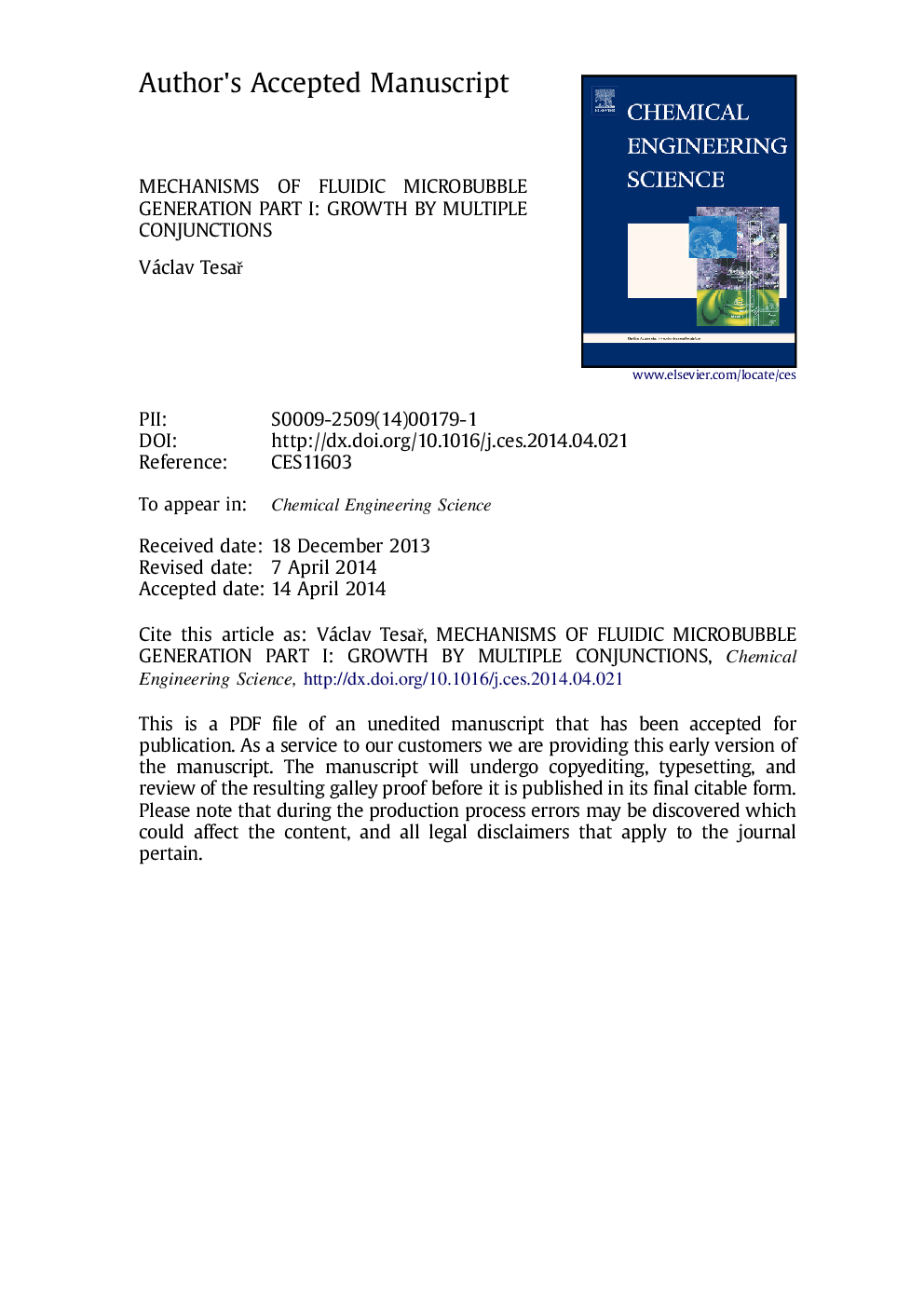| Article ID | Journal | Published Year | Pages | File Type |
|---|---|---|---|---|
| 6591167 | Chemical Engineering Science | 2014 | 28 Pages |
Abstract
Microbubbles, less than 1Â mm in diameter, are currently in the focus of attention due to their potential use in many chemical, biomechanical, and other processes. Their usual generation by percolation through small aerator passages has been often unsuccessful since microbubbles tend to be much larger than the size of aerator exits. The reason was identified in high-speed camera images showing the large size to be a consequence of growth by conjunctions immediately at the aerator exit, because of slow microbubble ascent velocity. The surface energy released in the conjunction causes the resultant larger bubble to oscillate and this further decreases its ascent. The elucidation of this mechanism opens a way towards producing small microbubbles by suppressing the conjunctions using a fluidic oscillator in the gas supply.
Keywords
Related Topics
Physical Sciences and Engineering
Chemical Engineering
Chemical Engineering (General)
Authors
Václav TesaÅ,
